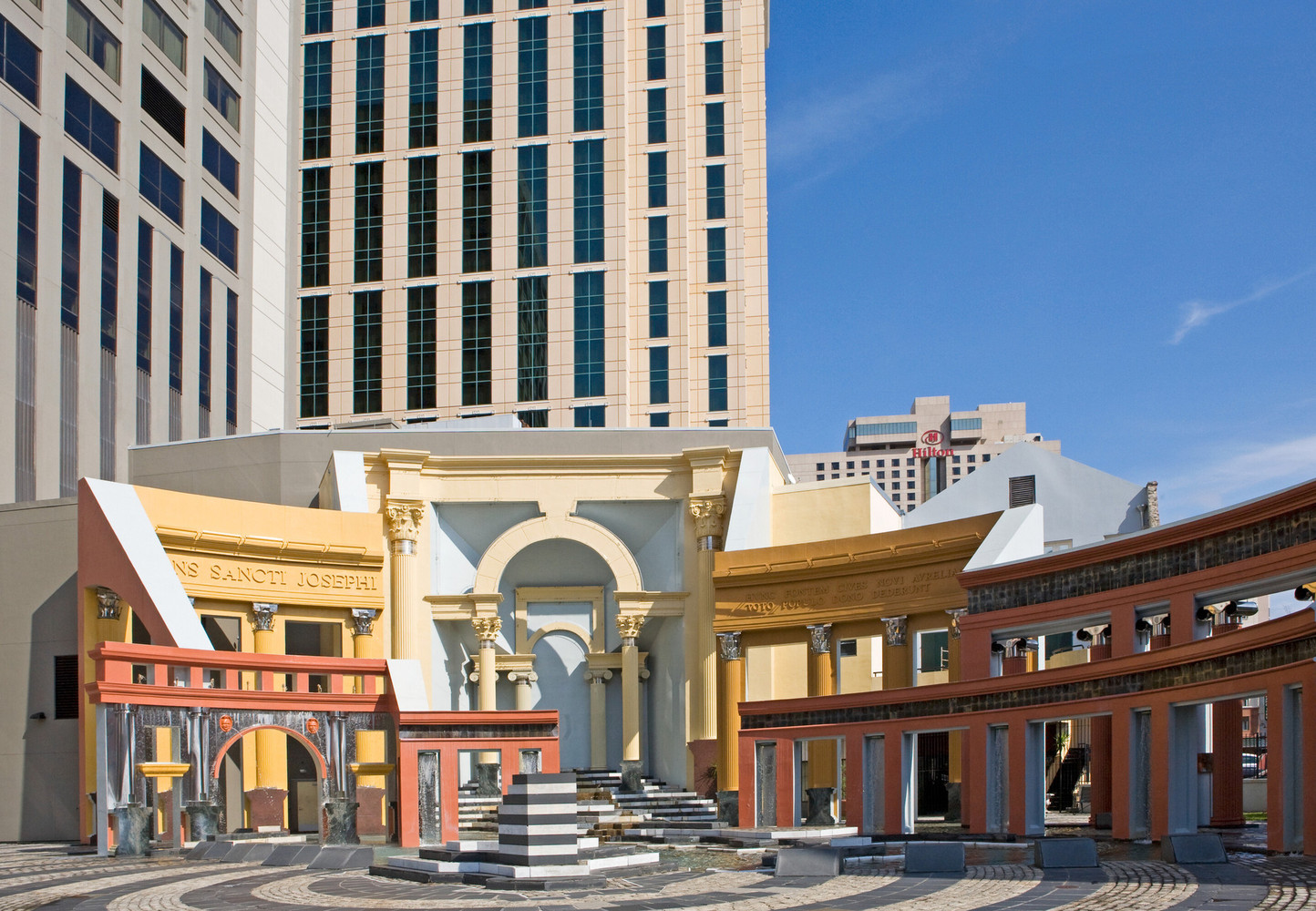- Home
- Articles
- Architectural Portfolio
- Architectral Presentation
- Inspirational Stories
- Architecture News
- Visualization
- BIM Industry
- Facade Design
- Parametric Design
- Career
- Landscape Architecture
- Construction
- Artificial Intelligence
- Sketching
- Design Softwares
- Diagrams
- Writing
- Architectural Tips
- Sustainability
- Courses
- Concept
- Technology
- History & Heritage
- Future of Architecture
- Guides & How-To
- Art & Culture
- Projects
- Interior Design
- Competitions
- Jobs
- Store
- Tools
- More
- Home
- Articles
- Architectural Portfolio
- Architectral Presentation
- Inspirational Stories
- Architecture News
- Visualization
- BIM Industry
- Facade Design
- Parametric Design
- Career
- Landscape Architecture
- Construction
- Artificial Intelligence
- Sketching
- Design Softwares
- Diagrams
- Writing
- Architectural Tips
- Sustainability
- Courses
- Concept
- Technology
- History & Heritage
- Future of Architecture
- Guides & How-To
- Art & Culture
- Projects
- Interior Design
- Competitions
- Jobs
- Store
- Tools
- More
Famous Examples of Postmodern Architecture
A movement to the austerity, formality, and lack of diversity in modern architecture, particularly in the international style promoted by Philip Johnson and Henry-Russell Hitchcock, gave rise to the style or movement known as postmodern architecture in the 1960s.

A movement to the austerity, formality, and lack of diversity in modern architecture, particularly in the international style promoted by Philip Johnson and Henry-Russell Hitchcock, gave rise to the style or movement known as postmodern architecture in the 1960s.
The idea was first discussed in the book Learning from Las Vegas by architectural theorist Robert Venturi and architect and urban planner Denise Scott Brown. From the 1980s to the 1990s, the style blossomed, with works by Scott Brown & Venturi, Philip Johnson, Charles Moore, and Michael Graves standing out in particular. It split into numerous different orientations in the late 1990s, such as high-tech architecture, neo-futurism, new classical architecture, and deconstructivism. Some structures constructed after this time, though, are still regarded as post-modern.

Table of Contents
ToggleDevelopement of Postmodernism
In spite of modernism’s functional tenets, Venturi advocated placing a focus on the building’s façade, including historical references, subtly utilizing uncommon materials and historical allusions, and using fragmentation and modulations to provide interest.
Successful architects and urban planners Denise Scott Brown and Venturi co-authored the book Learning from Las Vegas with Steven Izenour, which expanded on their mutual critique of modernism.

Instead than attempting to impose a futuristic utopia based on their own dreams, they pushed architects to celebrate and take into account the existing architecture of a location. This was consistent with Scott Brown’s viewpoint that structures had to be made for people and that designers ought to take their input into consideration.
The book’s motto, “Less is a bore,” was intended as a counterargument to Mies van der Rohe’s famed dictum, “Less is more.” Venturi used his own structures as illustrations of a new aesthetic that welcomed diversity and historical allusions without reverting to the academic revival of previous aesthetics.
Characteristics of Postmodernism
Postmodernism is against to authoritarianism and the characteristics of postmodernism contain the refusal to acknowledge any particular style and idea in architecture. Another is the blurring of the lines between high culture and mass or popular culture, as well as between art and daily life.

The playful design of postmodern architecture is frequently recognizable. This results in structures that defy the design principle of form coming after function and reinterpret conventional features. Instead, other structures, like a larger structure shaped like a stack of small cottages, are just created for novelty.

Guild House by Venturi
This house, created by two of the movement’s pioneers, Denise Scott Brown and Robert Venturi, is widely regarded as the first Postmodern structure, laying the groundwork for the style that would take off in the ’70s. The Guild House served as a test site for the architects’ concepts concerning complexity and contradiction by challenging the status quo and deviating from the norm.
The building is distinctive from the moment you approach it; the conspicuous gable roof almost resembles a classical pediment, and the heavy chimney sticking out from behind the facade slit makes it look like a pediment. Scale perception starts to contradict itself. Some things inside seem excessively large, while others are surprisingly little, much more so than they do on the outside.

Guggemheim Museum Bilbao by Frank Gehry

One of the most well-known living architects, Frank Gehry is well recognized for designing the Guggenheim Museum in Bilbao. His creations show how Postmodernism has evolved in the present era, splintering off to become the Deconstructivist movement. The strange manufactured shapes challenge Modernism’s logic in a novel way, deforming the building’s exterior with irregular, seemingly unintended planes and forms.
Portland Building by Micheal Graves

While the Venturi house is regarded as the first Postmodern structure, Michael Graves’ Portland Building is crucial in establishing Postmodernism as a significant architectural movement.This was a cheap design compared to its glassy modernist rivals, yet it won the competition bid and $4000 in cash. The result was a series of vibrant facades with decorative symbols and historical allusions.
Submit your architectural projects
Follow these steps for submission your project. Submission FormLatest Posts
The Ultimate Guide to Fencing in North Dakota: Choosing the Best Fence for Your Property
Watching a chain link fence twist in 70 mph winds near Minot...
Gaudí: Where Architecture Meets Science
Gaudí: Where Architecture Meets Science shows catenary arches, ruled surfaces, and biomimicry...
How Housing Market Forces Shape Architectural Design Today
Architecture never exists in isolation. Buildings rise from a mix of ambition,...
Why Portable Formaldehyde Gas Detectors Matter on Construction Sites
As construction practices shift toward more enclosed and material-intensive environments, the risk...












Leave a comment